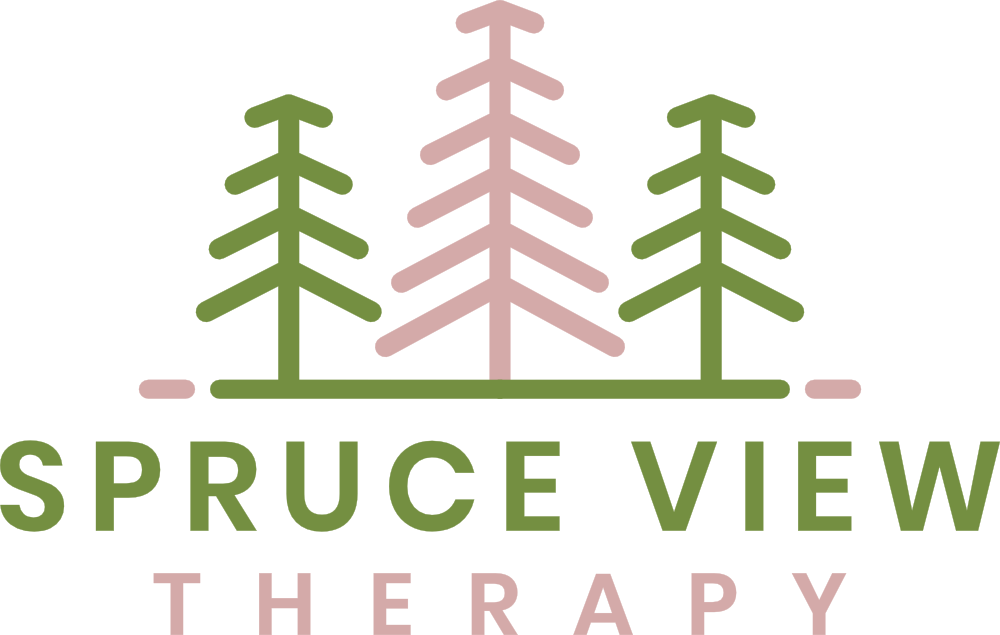Trauma-Informed vs. Trauma-Focused Therapy: Understanding the Difference
If you’ve ever looked for a therapist, you’ve probably come across the phrase “trauma-informed.” It’s a term that’s become more common in recent years, but what does it actually mean? And how is it different from trauma-focused therapy?
Understanding the difference can help you make an informed decision about what kind of support might be most helpful for you.
What it Means to Be Trauma-Informed
Being trauma-informed means understanding the basics of trauma and how it can affect the brain, body, emotions, and relationships. Trauma is not just something that happened in the past; it can shape how a person experiences the world long after the event is over.
At its core, trauma-informed care is about safety, trust, and curiosity. It means approaching clients without judgment and working to prevent re-traumatization. This is also why businesses, other healthcare providers, and organizations may call themselves trauma-informed. For them, it is not that they are treating trauma, but rather that they have a basic understanding of trauma and are mindful of this when interacting with others.
Being trauma-informed does not necessarily mean a therapist specializes in trauma treatment. It means they understand that many behaviors and symptoms are rooted in past experiences, not personal flaws. They should not pressure you to revisit painful memories before you are ready.
Every therapist, regardless of their specialty, should be trauma-informed. This approach helps ensure that clients are met with compassion and understanding, even if trauma isn’t the primary focus of therapy.
What it Means to Be Trauma-Focused
While trauma-informed therapy is about awareness and safety, trauma-focused therapy goes a step further. It involves actively processing and healing from the trauma itself.
Trauma-focused therapy requires additional training and experience. Therapists who provide this care often specialize in treating trauma and use evidence-based methods designed to target the effects of trauma on the mind and body. While trauma-informed therapy focuses on creating a safe environment, trauma-focused therapy uses structured techniques to help clients process traumatic memories and reduce symptoms like flashbacks, shame, or emotional numbness.
Examples of Trauma-Focused Therapies
There are several evidence-based approaches that specifically target healing from trauma. Each one works a little differently, but all share the same goal: helping you process painful experiences in a way that feels safe and empowering.
Eye Movement Desensitization and Reprocessing (EMDR)
EMDR helps the brain reprocess traumatic memories so they no longer feel as distressing or overwhelming. It uses bilateral stimulation, such as eye movements or tapping, to help the brain integrate difficult experiences in a healthier way. You can read learn more about EMDR in this blog post.
Trauma-Focused Cognitive Behavioral Therapy (TF-CBT)
TF-CBT is often used for children and adolescents to help them process traumatic experiences. It combines talk therapy, coping skills, and caregiver support to reduce trauma-related distress and improve emotional and behavioral functioning.
Cognitive Processing Therapy (CPT)
CPT is a structured approach that helps clients identify and challenge unhelpful beliefs that developed after trauma. For example, beliefs like 'It was my fault' or 'I can’t trust anyone' are explored and replaced with more balanced, compassionate perspectives.
Internal Family Systems (IFS)
IFS helps clients explore the different parts of themselves, including protective parts that developed to keep them safe through perfectionism, anxiety, anger, etc. This approach can be especially helpful for complex trauma, which involves repeated or multiple traumatic experiences. You can learn more about IFS in this blog post.
Prolonged Exposure Therapy (PE)
PE helps clients safely confront memories, feelings, and situations they have been avoiding due to trauma. By gradually facing these experiences, clients can reduce fear and anxiety and regain a sense of control.
These therapies help clients process distressing memories, reduce trauma symptoms, and integrate past experiences in a way that feels safe and manageable. Not every therapist offers trauma-focused therapy, and that’s okay. Trauma-focused work is often best suited for clients who want to work toward processing trauma directly.
Why the Difference Matters
Trauma-informed means understanding the impact of trauma and creating safety and trust to avoid re-traumatization.
Trauma-focused means using specific approaches to actively help people process and heal from trauma.
All therapists should be trauma-informed, but not all are trauma-focused. Both approaches are valuable, and which one is right for you depends on your needs and where you are in your healing journey.
Finding the Right Fit for You
If you are looking for a therapist, it can help to ask questions like:
How do you incorporate trauma-informed care into your work?
What approaches do you use for trauma re-processing?
Do you offer trauma-focused approaches such as EMDR, CPT, or IFS?
How do you make sure clients feel safe during trauma work?
Understanding these differences can help you choose a therapist who meets you where you are: whether that means providing safety and support or helping you go deeper into healing.
Healing from trauma takes time, courage, and care. Whether you start with trauma-informed therapy or move into trauma-focused work later, both are important steps toward feeling more grounded, connected, and whole.
If you’re ready to take the next step in your healing journey, schedule a free consultation to get started. At Spruce View Therapy, we offer trauma-informed and trauma-focused therapy for women in Colorado.
Michaela Zoppa is a Licensed Professional Counselor (LPC) in Colorado Springs, Colorado. She supports women and teen girls navigating anxiety, perfectionism, trauma, and burnout. She uses evidence-based, trauma-informed modalities, including EMDR and Internal Family Systems (IFS) therapy.




